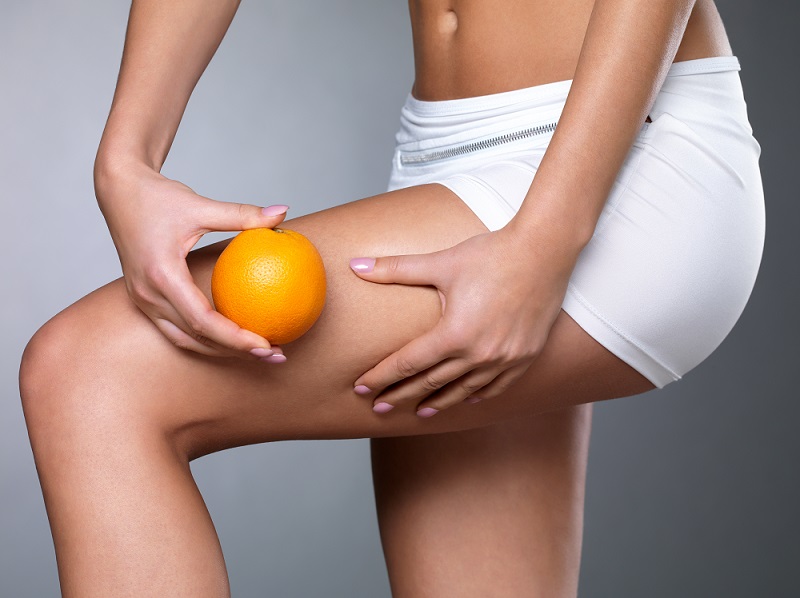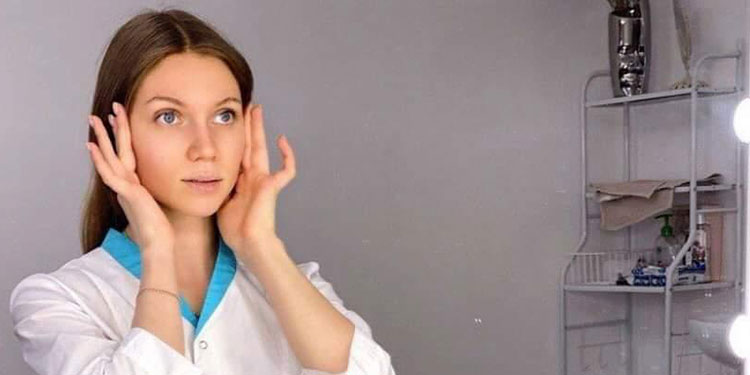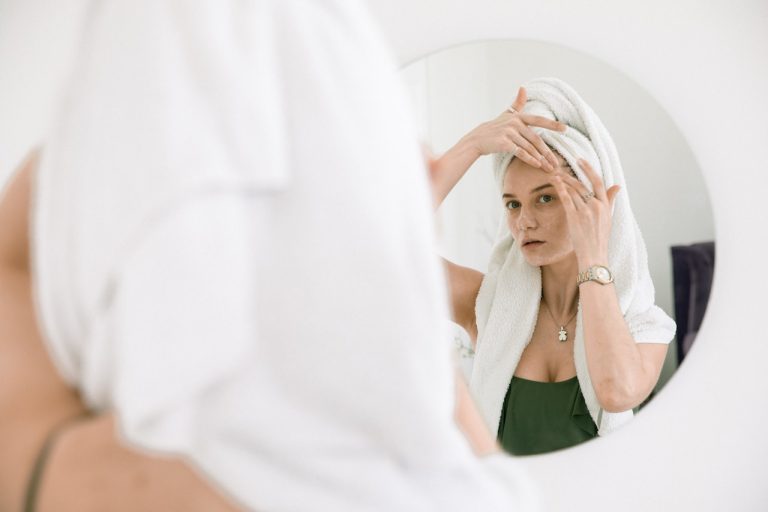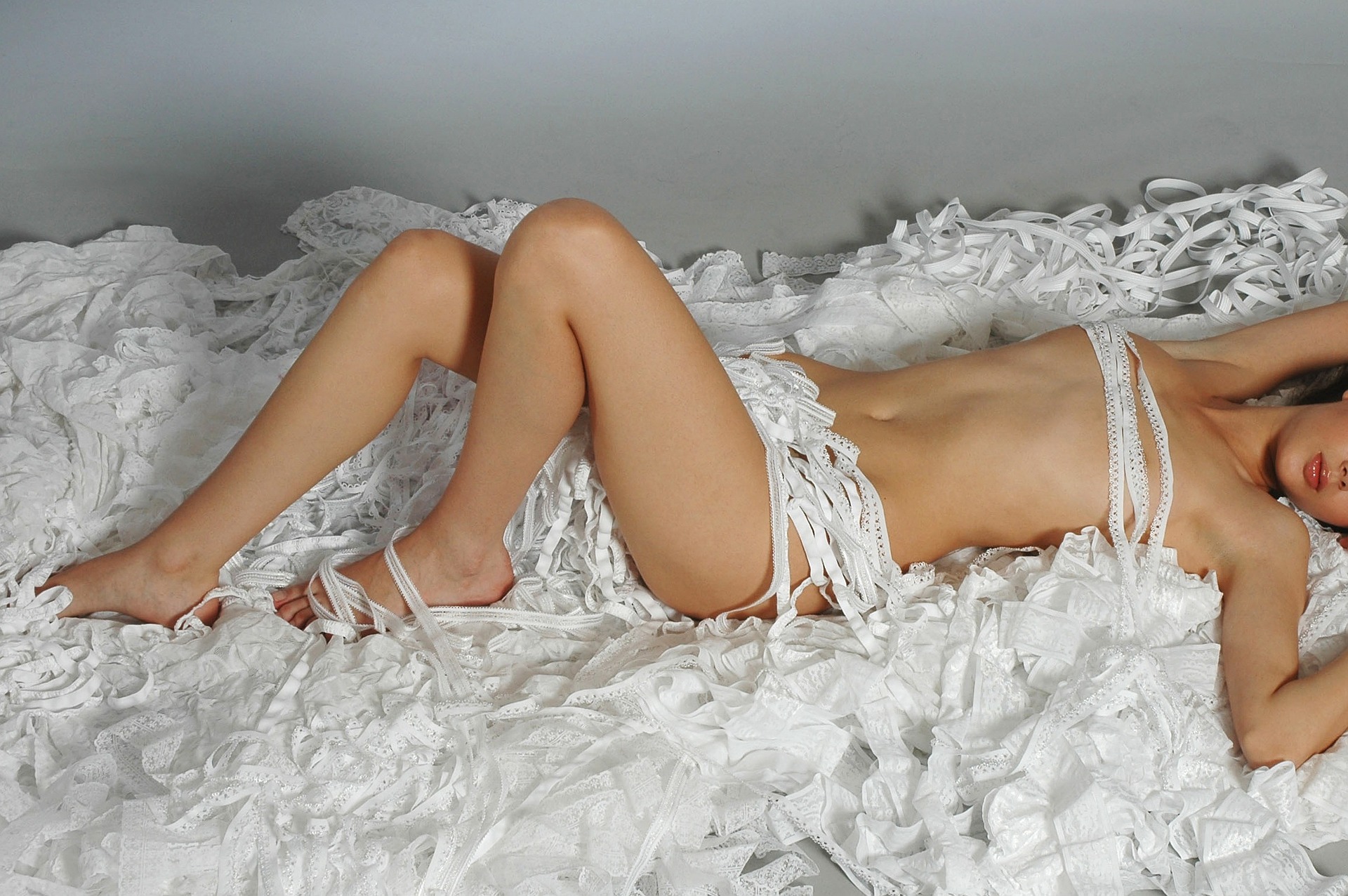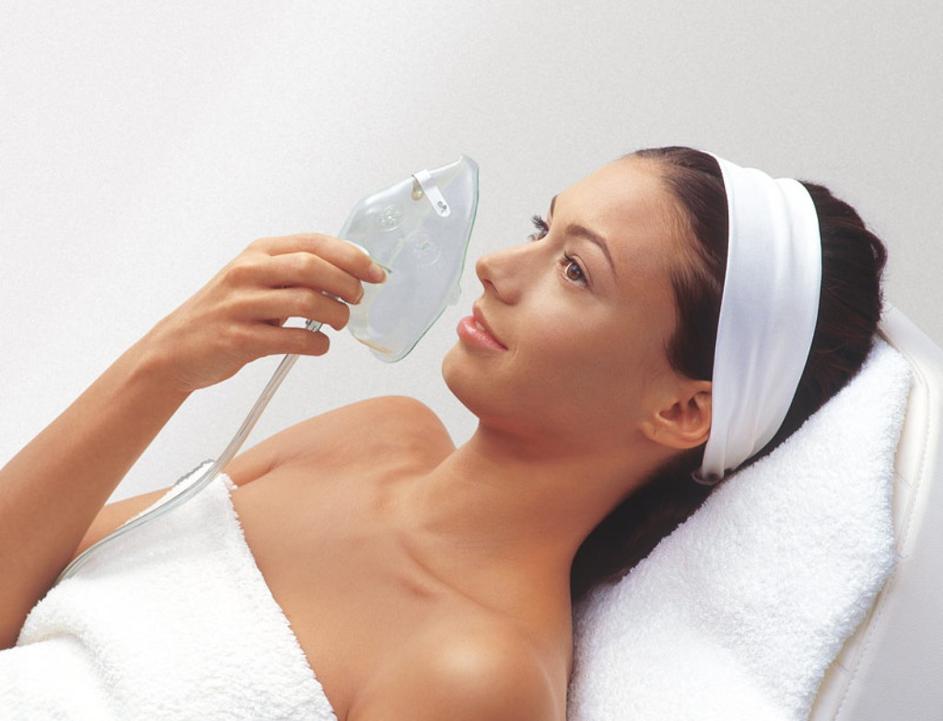Cellulite is a skin change often described as “orange skin”. It appears on the thighs, buttocks, and sometimes the lower abdomen. It is not a disease, but rather a cosmetic defect.
What is cellulite?
To better understand what cellulite is, let’s start the explanation with an overview of skin anatomy. The top layer of the skin is called the epidermis. Just below it is the dermis. The next layer of tissue is the first of the three layers of subcutaneous fat. This top layer of subcutaneous fat is described as “permanent chambers of fat cells” separated by connective tissue. Small protrusions of fat cells emerge from these chambers in the dermis. It is this unevenness and irregularity of the subcutaneous fat that gives the skin the ‘orange’ appearance, which we call cellulite.
Types of cellulite
Research has identified two types of cellulite. The first type occurs when the tissues of the thighs or buttocks are ‘pinched’. It occurs when the legs are scabbed in a sitting position. It is thought to be due to squeezing of the chambers of fat cells that lie under the skin. The second type of cellulitis is “orange skin”. It can be noticeable even in the natural and/or supine position (without pinching the skin).

Myths about cellulite
Numerous myths and misconceptions about cellulite circulate on the internet. First of all, cellulite is not a disease. As stated above, it is due to the structure of the chambers of fat cells beneath the dermis. Second, although the skin is rich in blood vessels, cellulite is not caused by their damage. Furthermore, cellulite is not caused by weakened capillaries or impaired blood circulation in the subcutaneous area.
- Why does cellulite get worse with age?
First, in women, the dermis reaches its maximum thickness at age 30. Second, the area of the dermis that is associated with connective tissue begins to thin due to the aging process of collagen and elastic fibers. This allows more fat cells to penetrate the dermis area, making cellulite more visible.
- Is cellulite hereditary?
Since subcutaneous fatty tissue structures are typical of women, they can actually be considered hereditary.
- Can aminophylline creams help reduce cellulite?
Aminophylline, caffeine, and theophylline are members of a group biochemically known as methylxanthines, which are present in many anti-cellulite creams. These biological agents can increase the body’s ability to lose stored fat in a process called lipolysis. When applied topically, however, any cream must have the ability to penetrate through the skin and dermis. To be effective, these creams must have sufficient concentration for long-lasting action, which partly explains the lack of an indirect effect on cellulite removal. However, studies have shown a slight reduction in hip circumference with the use of such creams. But without altering cellulite.
- Can massage help reduce cellulite?
Massage and body manipulation techniques are used to increase fluid release in the dermis area. These techniques do not remove cellulite, but may have a temporary effect of reducing the outer ‘ripples’.

Tips
Several studies have noted that female athletes, who typically have a lower body fat percentage, also have less cellulite. So, restricting calories can help reduce body fat. Aerobic exercise, three to five times a week for 20 to 60 minutes, will help create a satisfactory calorie deficit. Choose an exercise regimen that you enjoy, such as walking, jogging, dancing, rowing, swimming, or something else. Subcutaneous fat lies on top of muscle, and if the muscles are weak and flabby, this can contribute to an uneven cellulite effect.


